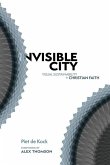

Gebundenes Buch
urban health-a practical approach
12. September 2024
Tiekie Press
| Broschiertes Buch | 102,99 € |
Broschiertes Buch
urban health-a practical approach
12. September 2024
Tiekie Press
Ähnliche Artikel
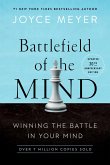
20,99 €
Versandfertig in über 4 Wochen
Broschiertes Buch
Winning the Battle in Your Mind
Special edition
4. Februar 2025
Hachette Nashville

Gebundenes Buch
Heaven's Blueprint for Blessing and Increase
1. September 2019
Destiny Image Incorporated
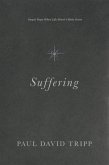
20,99 €
Versandfertig in 2-4 Wochen
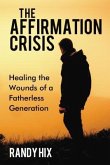
Gebundenes Buch
Healing the Wounds of a Fatherless Generation
28. August 2018
ELM Hill
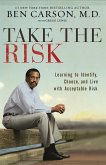
20,99 €
Versandfertig in 1-2 Wochen
Broschiertes Buch
Learning to Identify, Choose, and Live with Acceptable Risk
29. Dezember 2015
Zondervan
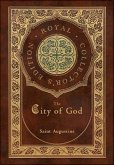
Gebundenes Buch
29. Dezember 2020
Engage Books

13,99 €
Versandfertig in über 4 Wochen

12,99 €
Versandfertig in 1-2 Wochen

Gebundenes Buch
A Dog-paddler's Journey to a Deeper Life
4. November 2024
Soli Deo Gloria Press

13,99 €
Versandfertig in über 4 Wochen
Ähnlichkeitssuche: Fact®Finder von OMIKRON
